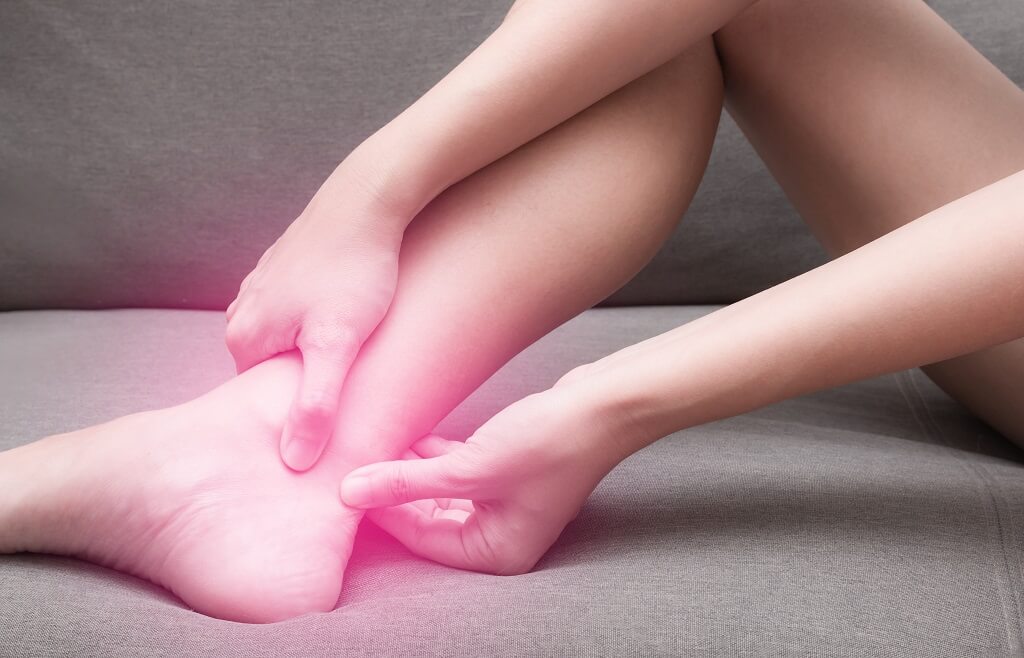
Introduction:
Tendonitis, also known as tendinitis, is a common orthopedic condition that affects millions of people worldwide. It occurs when tendons, the thick cords that attach muscles to bones, become inflamed or irritated due to overuse or injury. In this comprehensive guide, we’ll explore the causes, symptoms, diagnosis, treatment, and prevention strategies for tendonitis, providing valuable insights into managing this condition effectively.
Understanding Tendonitis:
Tendonitis typically develops as a result of repetitive movements, overuse of a particular joint, or sudden injury. It commonly affects tendons in the shoulders, elbows, wrists, knees, and heels. While anyone can develop tendonitis, it’s more prevalent among athletes, individuals engaged in repetitive manual tasks, and those with certain medical conditions, such as arthritis.
Causes of Tendonitis:
Several factors contribute to the development of tendonitis, including:
- Overuse: Engaging in repetitive movements or activities without adequate rest can strain the tendons, leading to inflammation.
- Sports-related activities: Athletes involved in activities like running, tennis, golf, or baseball are at higher risk of developing tendonitis due to repetitive motions and excessive force on the tendons.
- Aging: Tendons become less flexible and more prone to injury as we age, increasing the likelihood of tendonitis.
- Poor biomechanics: Improper technique or body mechanics during physical activities can place excessive stress on the tendons, predisposing them to inflammation.
- Pre-existing conditions: Conditions like arthritis, diabetes, or obesity can weaken the tendons and make them more susceptible to injury and inflammation.
Symptoms of Tendonitis:
The symptoms of tendonitis may vary depending on the affected tendon, but common signs include:
- Pain and tenderness around the affected tendon
- Swelling and warmth in the affected area
- Stiffness and limited range of motion
- Gradual onset of symptoms with worsening pain during activity
- Crepitus or crackling sensation with movement
Diagnosis of Tendonitis:
Diagnosing tendonitis typically involves a thorough medical history review, physical examination, and diagnostic tests, which may include:
- Physical examination: Your healthcare provider will assess the affected area for signs of inflammation, tenderness, and range of motion.
- Imaging tests: X-rays, ultrasound, or MRI scans may be ordered to visualize the affected tendon and rule out other conditions like fractures or tears.
- Diagnostic ultrasound: This non-invasive imaging technique allows real-time visualization of the tendon and surrounding structures, aiding in diagnosis and treatment planning.
Treatment Options for Tendonitis:
Treatment for tendonitis aims to relieve pain, reduce inflammation, and promote healing. Depending on the severity of the condition, treatment options may include:
- Rest and activity modification: Avoiding activities that aggravate the symptoms and allowing adequate rest for the affected tendon is crucial for recovery.
- Ice therapy: Applying ice packs to the affected area can help reduce pain and inflammation.
- Physical therapy: A customized rehabilitation program involving stretching, strengthening exercises, and manual therapy techniques can improve flexibility, strength, and function of the affected tendon.
- Orthotic devices: Using supportive braces, splints, or orthotic inserts can provide stability and reduce strain on the affected tendon.
- Medications: Nonsteroidal anti-inflammatory drugs (NSAIDs) or corticosteroid injections may be prescribed to alleviate pain and inflammation.
- Platelet-rich plasma (PRP) therapy: This regenerative treatment involves injecting concentrated platelets from your blood into the affected tendon to stimulate healing and tissue repair.
Prevention Strategies for Tendonitis:
Preventing tendonitis involves adopting healthy lifestyle habits and practicing injury prevention techniques, such as:
- Gradually increasing the intensity and duration of physical activities to avoid overuse injuries.
- Incorporating rest breaks and proper ergonomics into daily activities to minimize strain on the tendons.
- Warming up before exercise and cooling down afterward to prepare the muscles and tendons for activity and promote recovery.
- Using proper technique and equipment during sports and recreational activities to reduce the risk of injury.
- Maintaining a healthy weight and incorporating strength and flexibility exercises into your fitness routine to support overall musculoskeletal health.
The Role of an Orthopedic Specialist:
When conservative treatments fail to provide relief or the condition worsens, consulting with an orthopedic specialist is essential for further evaluation and management. In Whitefield, individuals have access to skilled orthopedic professionals who specialize in diagnosing and treating tendonitis and other musculoskeletal conditions. These specialists utilize advanced diagnostic techniques and evidence-based treatments to help patients regain function and improve their quality of life.
Conclusion:
Tendonitis is a common orthopedic condition characterized by inflammation or irritation of the tendons, often resulting from overuse, injury, or underlying medical conditions. By understanding the causes, symptoms, diagnosis, treatment, and prevention strategies for tendonitis, individuals can take proactive steps towards managing this condition effectively and preventing recurrence. Consulting with an experienced orthopedic in Whitefield can provide personalized care and comprehensive treatment options tailored to each patient’s needs, facilitating a faster recovery and return to an active lifestyle.
 Living With Healthy Hunger Health Blog
Living With Healthy Hunger Health Blog

